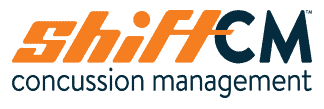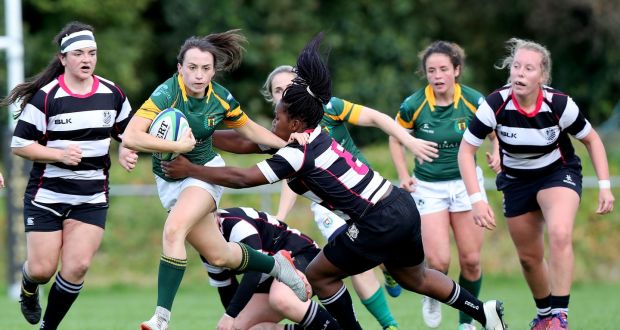Second impact syndrome (SIS) develops when an individual suffers a second traumatic brain injury before symptoms from a previous brain injury have completely resolved. Typically, this second blow occurs within 2 weeks of the initial injury where the normal response is severely heightened. In adverse cases this can results in brain herniation. This resulting brain stem injury and rapid deterioration can lead to death within 2 to 5 minutes. As we know, the consequences of sustaining a concussion is severe but preventing the likelihood second impact syndrome is of utmost importance.
For unknown reasons, SIS occurs primarily in younger populations. Athletes seem to be the most at risk as they are exposed to repeated contact. In saying this, athletic events are a frequent venue for repetitive brain injury. We are not able to quantify how likely someone recovering from a concussion would suffer from a second blow. However, when we think about the unique nature of recovery from a concussion mixed with how many concussions go undiagnosed, it is easy to see how this can quickly become a major concern.
One of the most well known SIS cases is that of Canadian rugby player, Rowan Stringer. She was 17 when she died in July of 2013. The death of Rowan and the true grit of her friends and family sparked a change in concussion legislation in Canada.
Government of Ontario
Bill 149 (2016)
This is a provincial act to establish an advisory committee to make recommendations based on the jury recommendations made following the inquest into the death of Rowan Stringer.
A coroner’s inquest was convened in 2015 to look into the circumstances of Rowan’s death. The coroner’s jury made 49 recommendations for how the federal government, as well as Ontario’s government ministries, school boards and sports organizations should improve the manner in which concussions are managed in this province.
Rowan’s Law Advisory Committee Act
The Rowan’s Law Advisory Committee was created through a private member’s bill in the Ontario legislature. Its mandate was to review the jury recommendations, as well as the broader concussion landscape, and to provide advice to government on how to implement the jury’s recommendations.
The Act requires the Committee to provide advice to the government with respect to head injury prevention and treatment
The Committee’s recommendations are grouped into five themes: surveillance, prevention, detection, management and awareness
Ministry of Education of Ontario
Policy/ Program Memorandum #158 (2014)
This is the first formal requirement by a Canadian province for the implementation of concussion prevention and management protocols in Canada.
The purpose of this memorandum is to provide direction to school boards on the development and implementation of their policy
In addition to legislative changes, education is really the key ingredient to making a sizeable change. Changing the culture of this “invisible injury” starts with support from families, employers, coaches, teachers and so many more. This highlights the importance of knowing when to sit our athletes out and when to return them. Erring on the side of caution is crucial in mitigating the risk of this potentially fatal SIS, always remember when in doubt, sit them out!


Leave a Reply